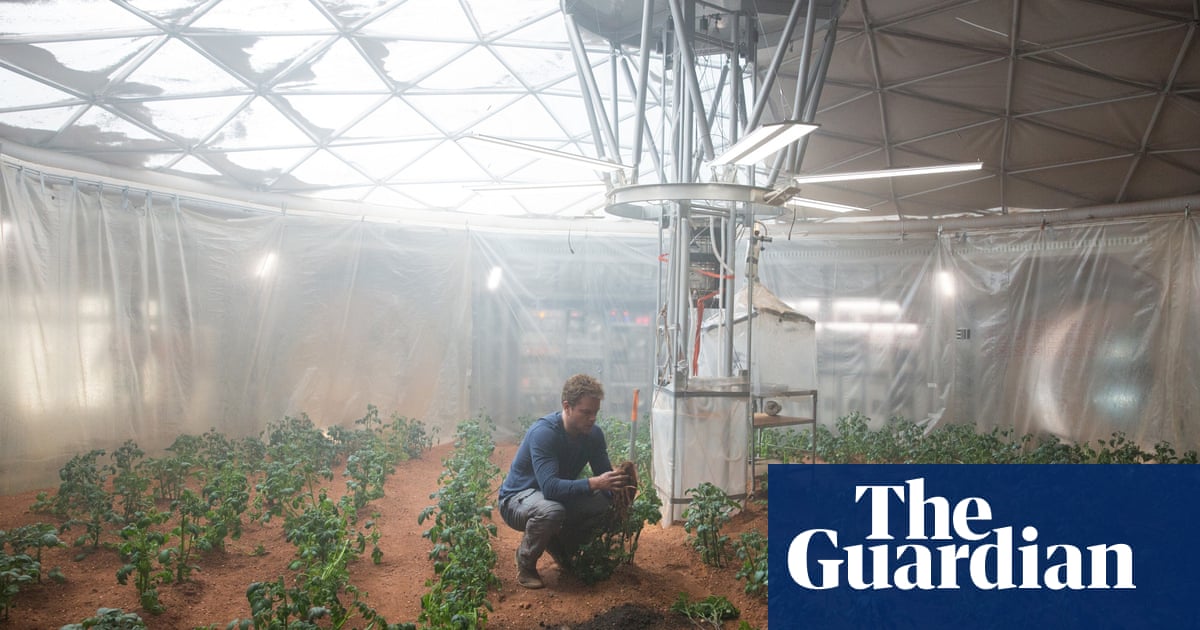- cross-posted to:
- [email protected]
- cross-posted to:
- [email protected]
“while the new study did not use Mars-like soil.”
So maybe not?
The article has lots of reasons why maybe not. Not using Martian material is one of them.
But moss typically doesn’t need soil. The first mosses evolved on earth before soil was a thing. Mosses don’t have roots that extract nutrients/water from soil. Instead, they have rhizoids that just kinda anchor them in place, but don’t transport nutrients/water
Martian soil contains significant amounts of perchlorates. So yeah this is probably not gonna happen unless they figure out how to make moss resistant to perchlorates.
This is the best summary I could come up with:
While Matt Damon relied on potatoes cultivated in crew biowaste to survive in the hit film The Martian, researchers say it is a humble desert moss that might prove pivotal to establishing life on Mars.
“The unique insights obtained in our study lay the foundation for outer space colonisation using naturally selected plants adapted to extreme stress conditions,” the team write.
Dr Agata Zupanska, of the SETI Institute, agreed, noting moss could help enrich and transform the rocky material found on the surface of Mars to enable other plants grow.
Writing in the journal The Innovation, researchers in China describe how the desert moss not only survived but rapidly recovered from almost complete dehydration.
“Looking to the future, we expect that this promising moss could be brought to Mars or the moon to further test the possibility of plant colonisation and growth in outer space,” the researchers write.
Dr Wieger Wamelink of Wageningen University, also raised concerns, including that temperatures on the red planet rarely get above freezing, making outdoor plant growth impossible, while the new study did not use Mars-like soil.
The original article contains 714 words, the summary contains 182 words. Saved 75%. I’m a bot and I’m open source!



